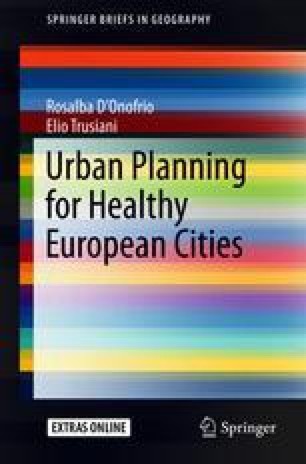


No matter how ready a city is to move toward advanced mobility models, municipal officials can already begin developing a vision for what integrated mobility ought to look like and how their cities might evolve accordingly. Some cities can get an early start, while others will need to work on developing the right conditions. With all these forces at work, the transition to integrated mobility will be complicated, even challenging at times. For more, see Eric Hannon, Colin McKerracher, Itamar Orlandi, and Surya Ramkumar, An integrated perspective on the future of mobility, a joint report from Bloomberg New Energy Finance and McKinsey & Company. The trend toward connected cars will affect technology companies and insurers, causing disruption and creating opportunities in areas such as data analytics.

Automakers can expect the automotive revenue pool to grow and diversify as the mix of vehicles sold tilts toward electric and autonomous vehicles. Utilities, for example, will need to manage possible increases in electricity demand resulting from the wider use of electric vehicles. The private sector will exert important influences, too, as companies adjust to new consumer behaviors. The pace and extent of change will depend on factors such as population density, household income, public investment, the state of roads and public-transit infrastructure, pollution and congestion levels, and local governance capabilities. Because each city is unique, the transition to integrated mobility will also play out differently, and produce different results, from one city to the next.


 0 kommentar(er)
0 kommentar(er)
